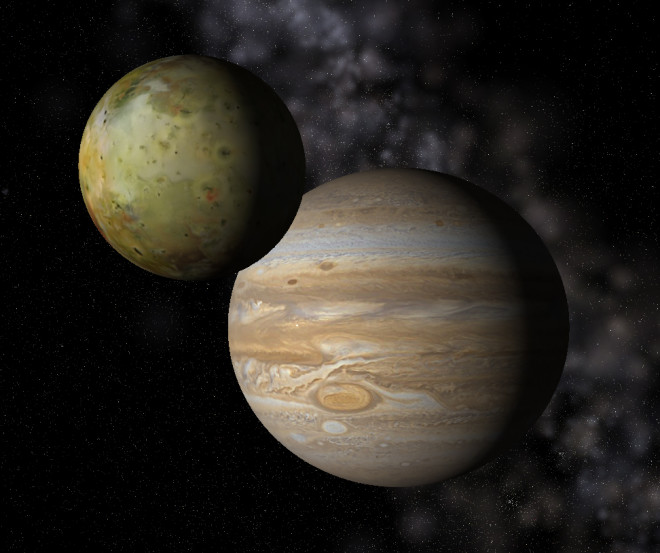Life certainly is bizarro — I mean it’s difficult to understand how this all works. And so many people. And so many people. Past and present. How in the world does it make any sense? It’s like a treasure map, finding something that leads you to another part of the puzzle.
One of the many points of difference between the Gnostics and their rivals was the different way they would put in order and arrange the cosmic hierarchy. All of them, however, share the idea of three main degrees of glory. The Pistis Sophia says, “You can visit the order below you, but not the levels or orders above you.”109 This is the rule in all worlds: you can go to the lower ones, but not to the ones above you. The degrees are described in many of these writings. In his early Epistle to the Trallians, Ignatius (the second earliest Christian writer we have who is accepted by everyone as authentic) says, “I could write you about the mysteries of the heavens, but I am afraid to, for it would do you harm. . . . But I am able to understand the orders of the heavens, the degrees of the angels, the variations among them, the differences of dominions, of thrones, of powers”—of the Holy Ghost, and of the kingdom of the Lord, and the highest of all—the rule of God over everything else.”110 “There’s an infinite hierarchy in the worlds,” says the Sefer Yetzira.111 “Christ rules in the second place, his rule exactly duplicating the Father’s, but over a more limited number of cosmoses.” Methodius explains, “If other stars are greater than our world, then it is necessary that they contain life greater than ours, and greater peace, and greater justice, and greater virtue than ours.”112 Of course we think of Abraham: If there is one, there shall be a greater one, and “I am more intelligent than they all” (Abraham 3:16-19). The hierarchy goes on and on until there’s no place to end it, except when it reaches the Father himself.
These writers were aware of the fact that these doctrines carried over, but they couldn’t understand them anymore, so the church Fathers got rid of them in the fourth century.
The church Fathers called them “the teachings of the elders” and considered them great mysteries, because they didn’t know what to do with them. Methodius says that the spirits are equal in age, but different in power, intelligence, and appearance. They have been so throughout all time. Why should one be greater than another? This is one of the things the fathers liked to talk about. Origen was greatly intrigued and exercised by the diversity, and especially by the inequality among God’s creatures. “Such an inequality,” he says, “could not have been arbitrary, or else the Creator would be unjust. He couldn’t create a thing small with another great over it—would that be just?” So he concludes that the levels on which we all find ourselves in this world must somehow have been merited in a former life.113 However, the later schoolmen, following Aquinas, said that “there is indeed a hierarchy and a diversity simply because God wants it to be that way, and for no other reason.”114 They gave the idea up. (Temple and Cosmos, pg 274)

